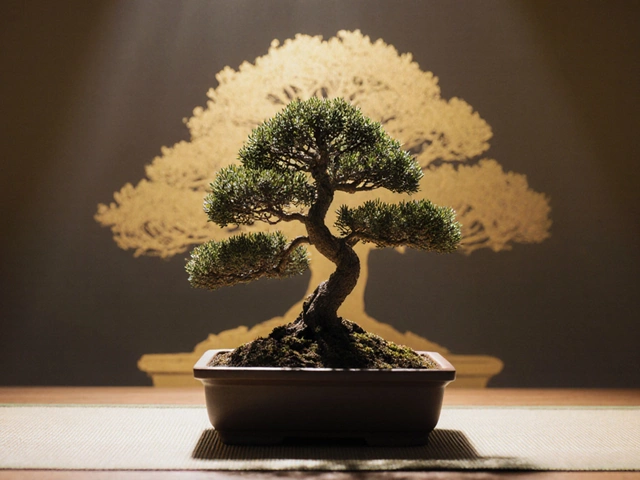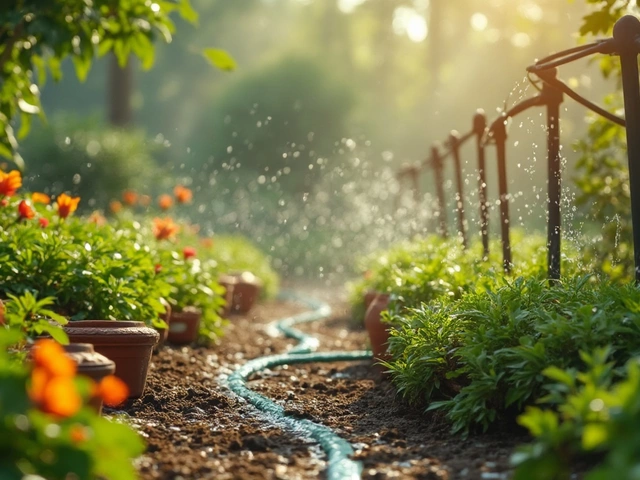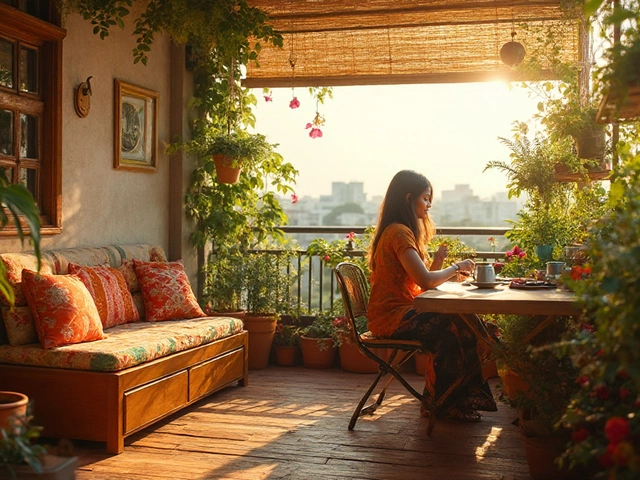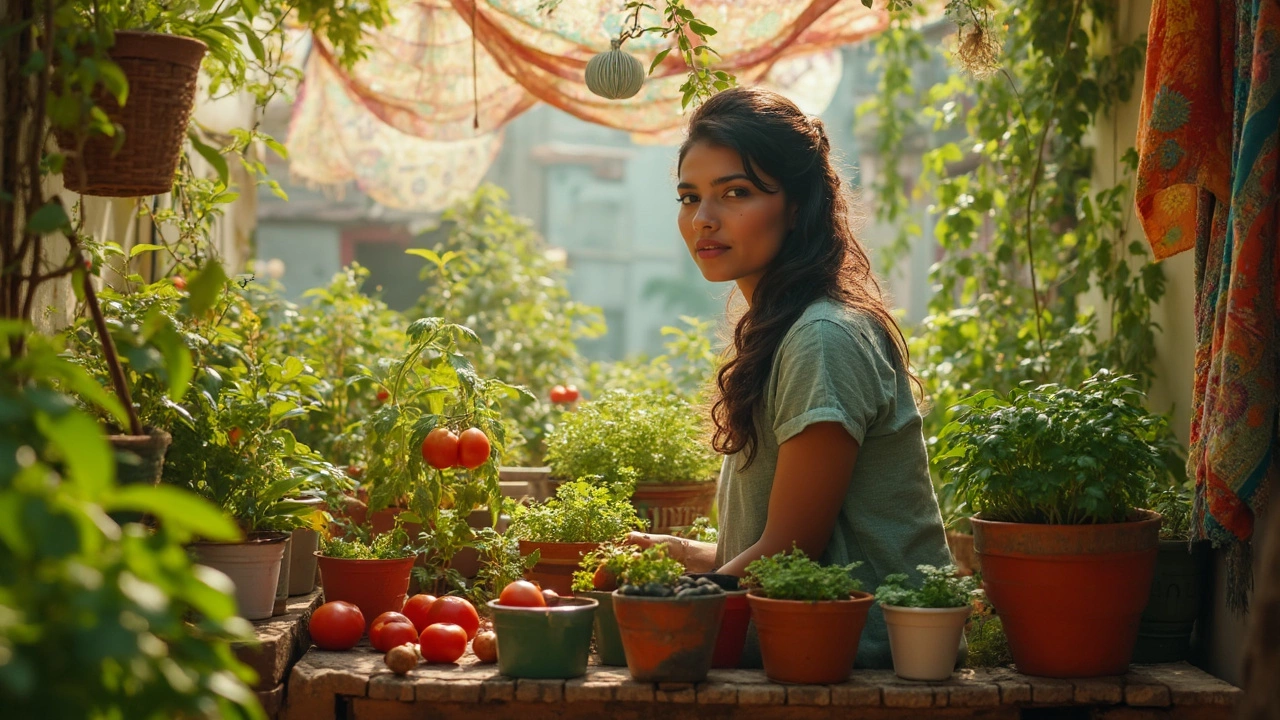Easy Balcony Crops: Grow Veggies & Herbs in Small Spaces
Balcony gardening feels like a secret perk of city living. You don’t need a big yard; a few pots and the right plants can give you fresh herbs, salads, and even tiny tomatoes. Below are the crops that work best and the tricks to keep them healthy.
Choosing the Right Crops
Start with plants that don’t demand deep soil or a lot of room. Herbs such as basil, mint, coriander, and chives love a sunny spot and can thrive in 6‑inch pots. Leafy greens like lettuce, spinach, and arugula grow fast and can be harvested leaf‑by‑leaf, giving you a continuous supply.
Root veggies that stay small are also balcony‑friendly. Radishes, baby carrots, and beet greens need only a shallow container and they’re ready to eat in a few weeks. If you have a bit more sunlight (5‑6 hours a day), dwarf tomato varieties or cherry peppers can produce fruit on a balcony railing.
Match each plant to the light it receives. South‑facing balconies usually get the most sun, perfect for tomatoes and peppers. East or west balconies get morning or afternoon sun—great for herbs and lettuce. Shaded balconies can still host shade‑tolerant greens like kale or mustard greens.
Container & Vertical Tips
Pick containers with drainage holes. Too much water sitting at the bottom rots roots. If you reuse old buckets, drill a few holes at the bottom and add a layer of small stones.
Use a light, well‑draining potting mix. Mix equal parts garden soil, compost, and perlite or sand. This mix keeps the soil airy, which is crucial for small pots where roots can get cramped.
Vertical gardening saves space and looks neat. Hang a modular pocket system or a simple trellis for beans, peas, or strawberries. The “vertical garden” idea also works with stackable trays—grow lettuce on the top tray, herbs in the middle, and radishes on the bottom.
Watering is easy when you keep a schedule. Check the top inch of soil; if it feels dry, water until you see a little runoff. For balconies that get hot, a drip irrigation kit (see our guide on drip lines) can deliver steady moisture without over‑watering.
Feed your plants every two weeks with a balanced liquid fertilizer. Over‑fertilising can burn small roots, so follow the label and dilute a bit more than recommended.
Watch for pests early. Ladybugs or neem oil spray can handle aphids and spider mites without harming the plants. Remember, coffee grounds are a no‑go for many veggies, so avoid sprinkling them directly on your crops.
Harvest regularly. Cutting lettuce leaves or snipping herbs encourages new growth. With fast‑growing crops like radishes, you can pull a batch every few weeks and re‑plant immediately.
In just a few months, your balcony can look like a mini‑farm. The key is picking the right crops, using good soil, and giving them the light and water they need. Start small, experiment, and soon you’ll have fresh produce right outside your door.
Best Fruit and Veg to Grow on a Balcony: Easy Choices for Fresh Harvests
Thinking about turning your balcony into a mini farm? This article shares the easiest and most rewarding fruit and vegetables you can grow in small spaces. Learn which plants thrive on balconies, how to pick the right ones for your conditions, and discover clever ways to get the most out of every inch. Plus, find beginner-friendly tips that actually work in city living. No yard needed—just sun, pots, and a bit of patience.
About
Balcony Gardening
Latest Posts


What Is the Golden Rule of Bonsai? Explained
By Alden Thorne Oct 10, 2025

How Much Water Should Flow from Your Drip Line?
By Alden Thorne Mar 28, 2025

Best Plants with Year-Round Flowers in India
By Alden Thorne May 23, 2025

